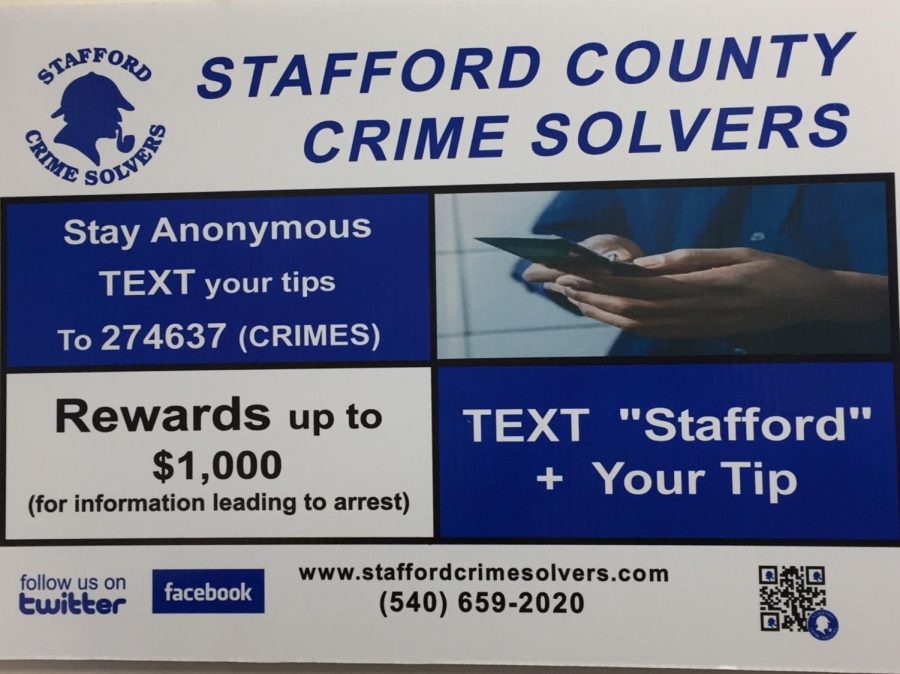If You See Something, Say Something: How to Submit Tips
April 10, 2018
Every year during class assemblies, Mr. Daniel famously says that school’s number one job is to keep us safe. However, it’s not just teachers and administrators who can do this. Students have a responsibility to maintain Forge’s safety as well.
This task isn’t always easily accomplished, though, because many students don’t know the protocol for submitting a tip. Especially in this day and age with social media increasing the amount of threats, it is vital that students report the things they see.
“Even if you think it’s probably nothing, or you’re not sure if that’s really what I saw or heard, I think that at this point it’s better to be wrong than to not say something and there be a real issue,” Mrs. Henderson, a Forge counselor, says.
Around 75% of violent teens tell their plans to someone else, but it often doesn’t get reported. Reasons for not reporting a threat vary from being afraid of the consequences to not believing that the threat is real. However, it is important that if you see something, say something because effective threat management can save lives.
“Although the risk of an actual shooting incident at any one school is very low, threats of violence are potentially a problem at any school. Once a threat is made, having a fair, rational, and standardized method of evaluating and responding to threats is critically important,” the Federal Bureau of Investigation says.
In terms of the tip submitting procedure at Forge, there are many ways to go. Telling an administrator or guidance is one method, and can be done without an appointment.
“You come in before school or whenever you hear it. [If you’re in class] you need to tell your teacher ‘Hey I have something really serious I need to tell my counselor,’ but you got to say that because they may not realize what’s going on,” Mrs. Henderson, “If your counselor is busy, if we’re with someone or with a family, then I would ask to speak with another counselor.”
Students may want to submit anonymous notes, but this isn’t the most effective way to submit a tip.
“If you saw something and you just write a note, a lot of times, there’s questions that the school deputy might have or the principal might have and if it’s anonymous [we] can’t follow up and ask questions, “ Mrs. Henderson says, “So, you may be thinking you’re helping, but the best way to help is to be upfront, honest, and transparent.”
The last way you can submit a tip is through a tip hotline. There are third party, school, and police officer-run hotlines.
After a tip is submitted it goes through the administration, guidance, school resource officers, and if it is serious enough, it would go to the police.
“There are so many different scenarios. I would say threat to harm oneself would be done through a counselor. Threat to hurt others would be the counselor collaborating with the principals and school deputies,” Mrs. Henderson says.
The best ways to prevent violence is to seek conflict mediation and practice self care. Mrs. Henderson compares people who don’t reach out and are stressed to shaken Coke cans that will explode if you just take the top off.
“My advice is take care of yourself. Know yourself, know when your triggers are being pulled, and have a safe person you can go to, whether it be a friend, teacher, somebody that you know is there for you is that cares about you. If everybody has that then [they] have a plan in place. I think a lot of times people feel disconnected and feel like nobody cares and that’s when issue arise.”
Sources:
http://www.cyberbullyhotline.com/blog/school-shooting-prevention-student-reporting/
https://www.sharecare.com/health/injuries-wound-trauma/how-school-students-report-violence


